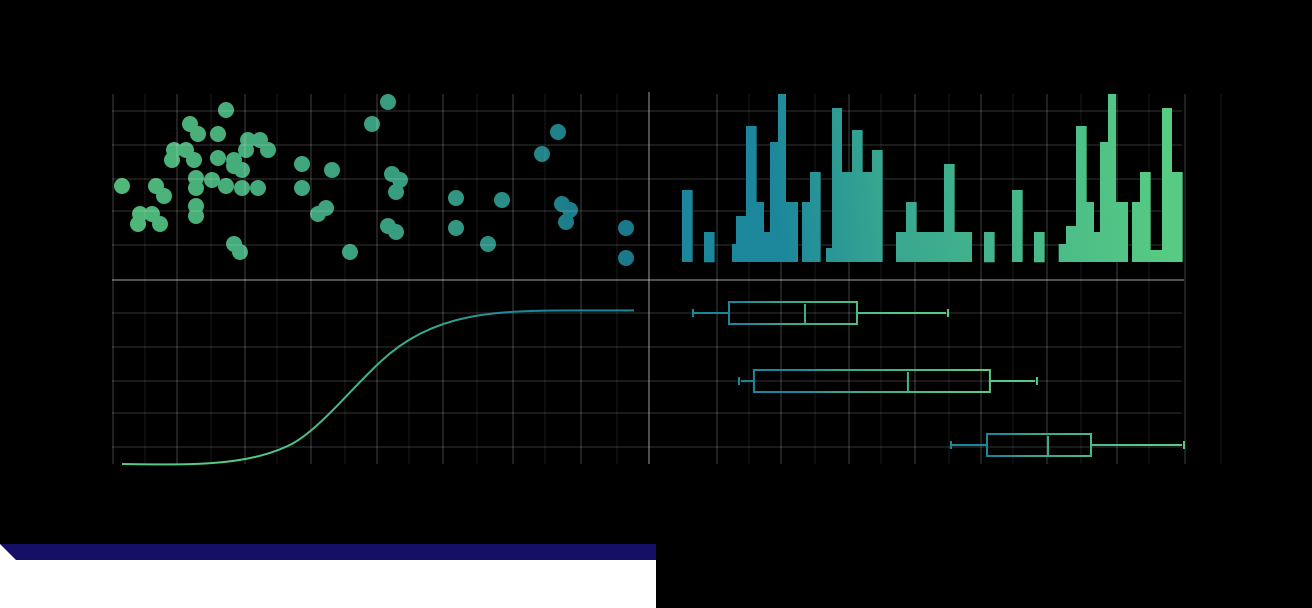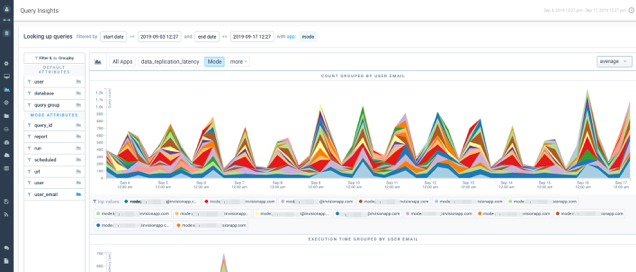How Patreon's Data Team Used Leading and Lagging Indicators to Monitor Growth in a Creator Economy

Jessica Schimm, Senior Manager, Content
May 9, 2023
NaN minute read

We're resurfacing advice from data leaders on how they navigated volatile markets in 2020 as they still apply in this new rocky economic climate. Download the full guide here.
Patreon looks at data to see where they should go next
Patreon is a platform that allows content creators across the globe, including artists, musicians, models, gamers, and others, to get paid directly by their fans.
At the start of 2020, the company was focused on further expanding its international presence and helping its more than six million patrons (paying fans) find other creators to support. But a few months into the year, they started to see explosive growth from shelter-in-place initiatives. Maura Church, who leads the eight-person data team at Patreon, reflected on the initial signs of user growth.
“We saw a huge influx of launches, with creators signing up and basically saying, “Hey, my tour got canceled,” Church recalls. “We had over 30% month-over-month growth in new patrons. That’s the highest creator acquisition we’ve ever seen which is super exciting.”
After seeing the huge uptick in growth, they needed to revisit their immediate and long-term goals, and the data team was called into action to help. Church recalls some early discussions. “We saw a huge need for operational scale, additional capabilities, and content for [thousands] of new creators.”
Download

Navigating a Turbulent Market With Data
Learn how data teams navigated their companies through turbulent markets in 2020.
With a surge in user growth, the data team began to look at leading and lagging indicators
Patreon’s data team began to monitor the high spike in growth looking for any changes. “We got really clear on what matters to the business as a leading indicator and lagging indicator of growth, activity, retention, and acquisition,” Church said.
The leading and lagging indicators were referenced nearly every morning to see if there was any reason to believe growth might be heading in a direction that was bad for business.
At this time, the data team also amped up communication around indicators and other insights to the rest of the team to help them understand the sharp increase of creators and how that would influence their yearly goals.
Bi-weekly growth updates helped make sure the business was focused on the right initiatives. “Our strategy has been metric alignment and frequency of check-ins. We also talk about what took too much time and what was helpful. Constant feedback from both the data team and other teams helped us recalibrate.”
"Our strategy has been metric alignment and frequency of check-ins"
The rapid influx of creators led to some early discussions about if the company should stay on its course of long-term goals or pivot and invest in better live streaming. “We couldn’t have seen this coming. There was so much they could do with this moment,” Church said.
They could invest in livestream, something they knew would help creators, or keep on track with their yearly goals of pursuing more internationalization, which included tax and currency projects.
With data showing a continued growth trajectory, Patreon ultimately decided to maintain and accelerate its yearly goals and make room for smaller short-term goals, like building content for creators on how they can best sustain their work through the pandemic.
Church added that if they had woken up in a different world, where the pandemic had brought sharp declines, they may have needed to change their long-term goals.
“The majority of the data team’s work is designed to reach goals for growth, retention, and user experience. I can see more of it helping creators and patrons get the most out of the platform in the future through content and support.”
With an influx of creators, Patreon wanted to know how will this new user group would grow
This influx of new signups presented an interesting challenge for the data team. Many of the new creators joining the platform were small business owners hoping to find alternative revenue streams as their brick-and-mortar operations shut down, but the team didn’t know how long they’d rely on the platform for revenue streams. “Everyone wanted to take advantage of this unexpected surge in business, so we tried to make assumptions about how these new creators will grow compared to their pre-COVID counterparts.”
To assess future options and prepare for specific cohort usage, Patreon wanted to understand growth with and without the external event, using time-series growth.
“We’ve been trying to make assumptions about how these creators and cohorts will grow compared to historical cohorts. We look at cohort growth by medium so we can say ‘podcasters on average grow X percent by their twelfth month, and musicians grow this percent and video creators grow this percent.”
Church says flexibility is key for navigating data teams in fluctuating markets stating that they “need the ability to quickly understand what’s driving metrics is important, even if it means stopping and shifting priorities for a few days to dig into something before plowing forward.”
“Going forward, I think we’ll look deeper into language analysis to find patterns early. People tell us why they signed up, for example, and seeing early indicators can help us create better content and get ahead of a big surge in users.”
Using data to create new resources
With biweekly reports on leading and lagging indicators, and exploring the magnitude of growth, Patreon’s data team was able to continue on with its initial yearly goals but took the opportunity to help creators with new blog posts and resources for navigating through these new changes. Church reflected, “In a lot of ways, their path forward was in response to the data.”
Marketplace companies can use data to cut through the noise and see the path forward
As we’ve seen in this story with Patreon, successful marketplaces need strategic and organized data teams to field fluctuation and keep up with growth. When data teams are able to clean and sort massive amounts of complex data with a modern data stack, get trustworthy data available company-wide, and closely monitor supply and demand, decision-makers can make the best choices about growth.
To continue to learn more about how data leaders at marketplaces scaled data efficiently, download our Marketplace Survival and Growth white paper here.
Download now

How to Lead from The Center: A Guide for Data Leaders
Learn how to unlock a trusted data experience across your org.
Get our weekly data newsletter
Work-related distractions for data enthusiasts.




